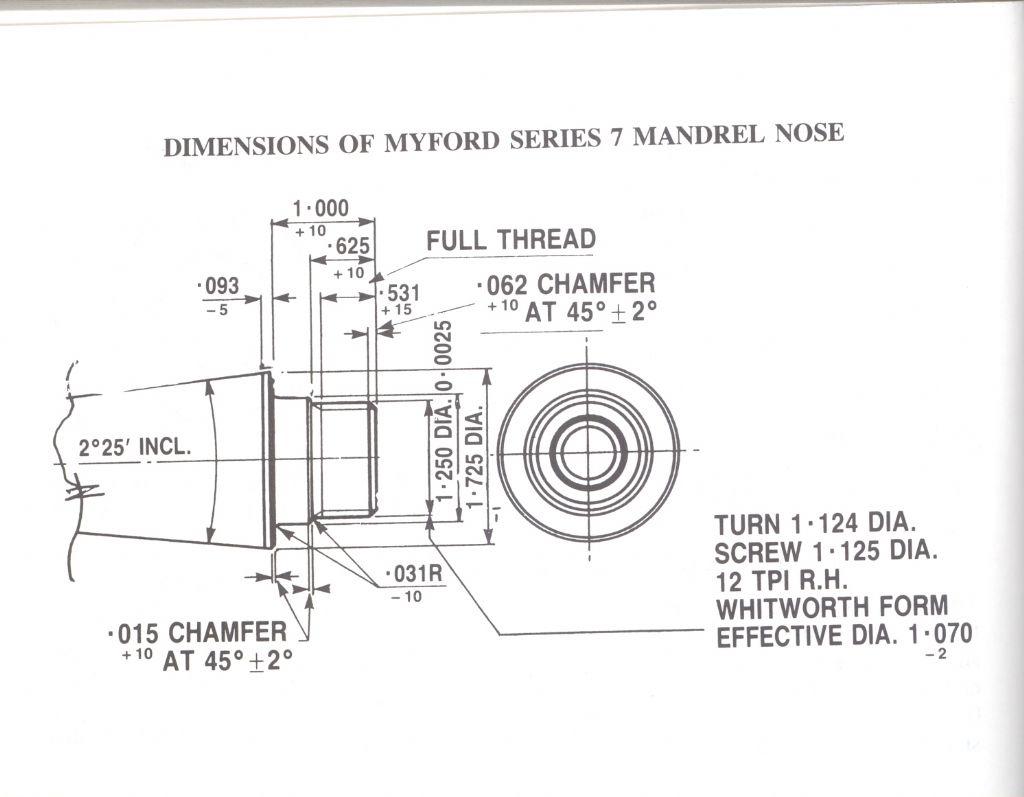Purely an aside, Try finding a Tap for 6.354 mm x 1.27 mm, or 0.907 mm pitch!
Or looking for 0.236 x 25.4 " one!
I'll settle for 1/4 BSW or UNF, or M6
If a machine was originbnally made to Imperial (Or Metric ) dimensions, best to stick to those units.
Yes, Ive come across some hybrids, 3/8 BSF at one end of a stud and 3/8 UNF at the other, or 5/16 BSF bolt with a 5/8 A/F head, but those wouldn't have beeen my choice.
Yes, we quote BA sizes in Imperial, but really are Metric (O BA is 6 x 1, with succeeding sizes decreasing by a factor 0.9 ) The odd ball feature is the 47.5 degree thread form,, but that might be the Thury parentage to differ from both Whitworth, and Metric form
Measuring items in units which were not used originally just makes for complications
Witness film speeds in Russian Gost units rather than Scheiner or ASA
DON'T mention Weston or Hurter and Driffield, or the A/F sizes for Whitworth form fasteners!
Howard
 JasonB.
JasonB.




